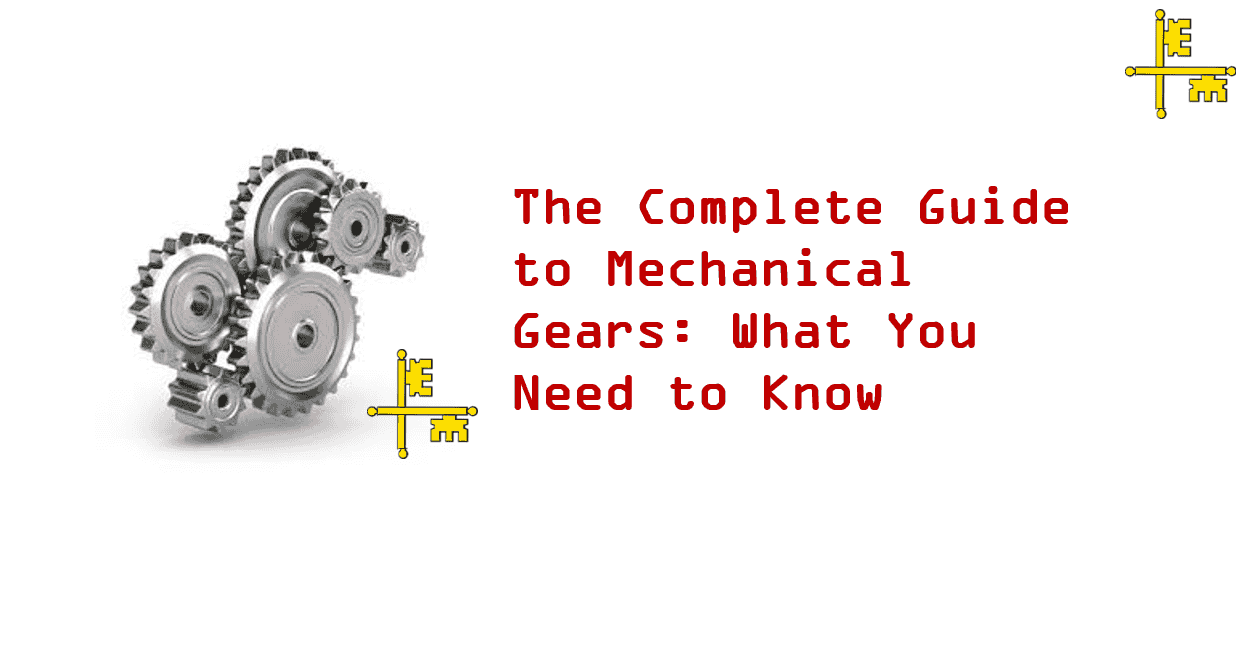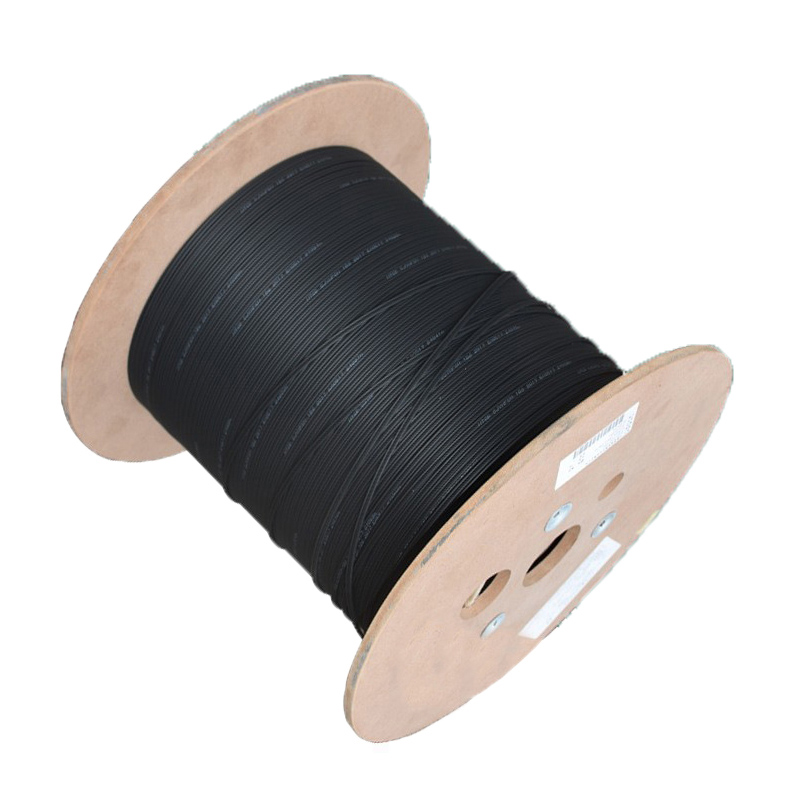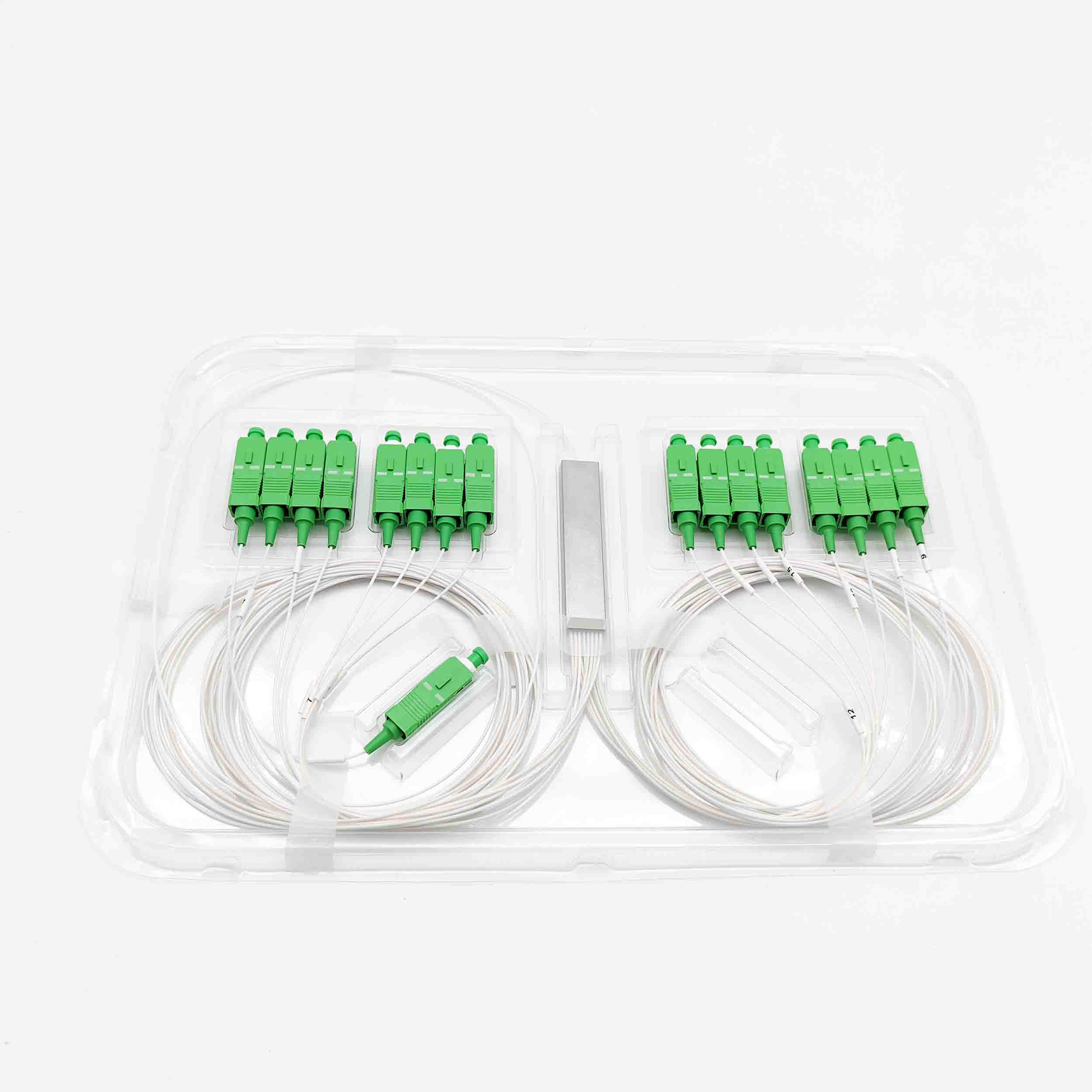The Complete Guide to Mechanical Gears- What You Need to Know

The Complete Guide to Mechanical Gears: What You Need to Know
Mechanical gears are essential components in countless machines and devices, enabling smooth transmission of motion and torque between different parts. Whether you're in the manufacturing industry or a hobbyist working on DIY projects, understanding mechanical gears is crucial for selecting the right ones for your application. This guide delves into the types of mechanical gears, their functions, and their applications, offering a comprehensive overview for those looking to enhance their knowledge of these vital components.
Table of Contents
- Introduction
- What Are Mechanical Gears?
- Types of Mechanical Gears
- Functions of Mechanical Gears
- Applications of Mechanical Gears
- Why Choose Filiumenter Mechanical Gears?
- Conclusion
What Are Mechanical Gears?
Mechanical gears are toothed wheels that mesh together to transmit rotational motion and force. The teeth of one gear interlock with those of another to transfer torque and change the direction, speed, or force of mechanical energy. Gears are commonly used in machinery, automotive engines, bicycles, and even home appliances, playing a key role in ensuring smooth and efficient operations.
Types of Mechanical Gears
There are several types of mechanical gears, each designed for specific tasks. Below, we cover the most commonly used gear types in engineering and manufacturing.
1. Spur Gears
Spur gears are the simplest and most common type of gear. They have straight teeth that are parallel to the axis of rotation. Spur gears are typically used in applications where speed and efficiency are important, and they operate best at moderate speeds. Their design allows them to mesh easily and deliver a direct transfer of motion and force.
Applications: Conveyor systems, clocks, printers, and gearboxes.
2. Helical Gears
Helical gears have teeth that are cut at an angle to the axis of rotation, which allows for smoother and quieter operation compared to spur gears. These gears are more efficient in transmitting power and can handle higher loads. Helical gears are also capable of transmitting motion between non-parallel shafts.
Applications: Automotive transmissions, industrial machinery, and high-speed applications.
3. Bevel Gears
Bevel gears are used to change the direction of rotation between intersecting shafts, typically at a 90-degree angle. They are available in two main types: straight bevel gears and spiral bevel gears. Spiral bevel gears offer quieter operation and higher load capacity, while straight bevel gears are more straightforward and easier to manufacture.
Applications: Differential gears in automobiles, power tools, and other mechanical systems that require direction changes.
4. Worm Gears
Worm gears consist of a screw-like "worm" that meshes with a toothed wheel called a "worm wheel." This setup provides a high gear reduction, allowing for a large change in speed and torque. Worm gears are typically used where a significant reduction in speed is necessary, and they provide a non-backdrivable mechanism, meaning the worm cannot be turned by the gear.
Applications: Elevators, conveyor systems, and tuning mechanisms for musical instruments.
5. Planetary Gears
Planetary gears consist of a central "sun" gear, surrounded by multiple "planet" gears that rotate around it, and an outer "ring" gear that meshes with the planet gears. This design allows for high torque and speed reduction, making planetary gears ideal for compact, high-performance systems. They are often used in applications that require high torque with minimal size.
Applications: Automotive transmissions, gearboxes, and robotics.
6. Rack and Pinion Gears
Rack and pinion gears consist of a flat, straight gear (the rack) and a round gear (the pinion). The pinion rotates along the teeth of the rack, converting rotary motion into linear motion. This type of gear mechanism is commonly used for steering systems in vehicles and other applications requiring precise linear movement.
Applications: Steering mechanisms in cars, CNC machines, and robotics.
Functions of Mechanical Gears
Mechanical gears serve several important functions in various machinery and systems. Some of the key functions include:
- Torque Transmission: Gears transmit torque from one part of a machine to another, enabling the movement of various components.
- Speed Control: Gears can alter the speed at which mechanical parts operate, either increasing or decreasing it.
- Direction Change: Gears can change the direction of motion, especially in systems with bevel or planetary gears.
- Force Multiplication: By using different gear ratios, gears can multiply force, providing the necessary strength for heavy-duty applications.
- Efficiency Improvement: Gears help improve the overall efficiency of mechanical systems by ensuring the right amount of torque is delivered at the right speed.
Applications of Mechanical Gears
Mechanical gears are used across a wide range of industries and applications, from small household appliances to large industrial machines. Here are some of the most common applications of mechanical gears:
- Automotive Industry: Gears are fundamental components in vehicle transmissions, differential gears, and other critical parts of an automobile. They help control speed, torque, and direction in engine systems.
- Manufacturing: Mechanical gears are used in conveyor systems, robotics, and automated machines, enabling precise and controlled movement in manufacturing processes.
- Aerospace: Gears are used in aircraft systems for controlling engines, navigation systems, and more, ensuring smooth and safe operation at high speeds.
- Energy: Wind turbines, generators, and power plants often use gears to convert mechanical energy into electrical energy or to transfer power between systems.
- Consumer Electronics: In everyday devices like clocks, printers, and home appliances, gears help facilitate smooth operation and accurate movement.
Why Choose Filiumenter Mechanical Gears?
If you're looking for a reliable mechanical gears supplier in India, Filiumenter is your trusted partner. Filiumenter offers a wide range of high-quality mechanical gears, including spur gears, helical gears, bevel gears, and more, ensuring that you get the right product for your specific needs. Their products are manufactured to meet the highest industry standards, providing durability, performance, and efficiency.
As a leading mechanical gears supplier in India, Filiumenter not only provides top-tier products but also offers expert advice to help you choose the right gears for your projects. Whether you're a large-scale manufacturer or a DIY enthusiast, Filiumenter’s mechanical gears cater to all requirements, offering unparalleled quality and performance.
Conclusion
Understanding mechanical gears, their types, functions, and applications is essential for anyone working in engineering, manufacturing, or any field involving machinery. By selecting the right gears for your specific needs, you can improve efficiency, reduce wear and tear, and ensure the long-lasting performance of your systems. If you’re in India and looking for a trusted mechanical gears supplier, Filiumenter mechanical gears is a name you can rely on for quality, expertise, and customer satisfaction.
For more information on selecting the right gears for your needs, visit Filiumenter.com today!
Related Products
Here are some facts and statistics that can be incorporated into the article on mechanical gears:
Facts and Statistics on Mechanical Gears
-
Global Gear Industry Market Size:
- According to a report by Allied Market Research, the global gear market size was valued at $236.6 billion in 2020 and is projected to reach $380.1 billion by 2030, growing at a CAGR of 5.5% from 2021 to 2030. This highlights the increasing demand for mechanical gears across industries like automotive, aerospace, and manufacturing.
-
Gearbox Market Growth:
- The global gearbox market is expected to grow significantly in the coming years. The market size was valued at $28.57 billion in 2021 and is projected to reach $44.29 billion by 2030, reflecting the growing importance of gear-driven mechanisms in industrial applications.
-
Use of Gears in Automotive Industry:
- Gears account for around 25-30% of the total cost of an automobile's transmission system. With the growing demand for more fuel-efficient vehicles, there is an increasing reliance on advanced gear systems such as dual-clutch transmissions (DCT), which combine helical and planetary gear designs to enhance performance.
-
Worm Gear Efficiency:
- Worm gears are known for providing a high gear ratio (up to 100:1 or higher), which makes them ideal for applications requiring substantial speed reduction. However, they are less efficient than other gears, typically offering efficiency levels between 40-90%, depending on the design and lubrication.
-
Automotive Gear Trends:
- Planetary gears are a critical part of automotive transmission systems. In fact, nearly 80-85% of modern automatic transmissions use planetary gear sets to manage the power distribution and smooth shifting of gears in vehicles.
-
Gear Manufacturing in India:
- India is one of the largest producers and consumers of mechanical gears in the world. The Indian gear industry is expected to grow at a CAGR of 8% over the next few years, driven by demand in automotive, industrial machinery, and renewable energy sectors. Major gear manufacturers in India include both domestic players and international suppliers.
-
Helical Gear Advantages:
- Helical gears are 30-50% more efficient than spur gears at higher speeds because their angled teeth provide smoother contact and greater load distribution. This makes them a preferred choice in high-speed applications, including aerospace and automotive gearboxes.
-
Manufacturing Efficiency:
- CNC gear cutting machines have revolutionized the gear manufacturing process, enabling the production of gears with tolerances as low as 0.001 mm. This precision helps to ensure the smooth operation of gears in high-performance applications, such as robotics and precision engineering.
-
Gear Wear and Longevity:
- A well-maintained gear system can last for up to 25-30 years, depending on the material, load, and operating conditions. However, poor lubrication, misalignment, or excessive load can lead to premature wear and failure.
-
Planetary Gear Efficiency:
- Planetary gear systems are known for their compact size and high torque transmission capabilities. They can deliver greater than 90% efficiency, making them a popular choice in power-hungry systems such as wind turbines and electric vehicles (EVs).
These facts and statistics can provide a more data-driven perspective, emphasizing the global significance and advancements in mechanical gear technology, while also enhancing the SEO value of the article.


